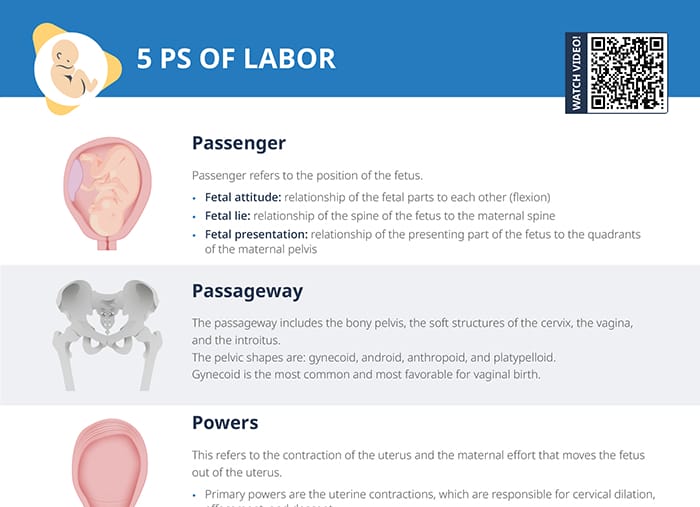What is a non-stress test in pregnancy?
A fetal non-stress test is a noninvasive assessment method used as an indication of fetal oxygenation and confirmation of fetal wellbeing. It determines the fetal heart rate response to its own movement.
When is a fetal non-stress test performed?
Non-stress tests are done during the 3rd trimester. They may be ordered in response to a noted complication or problem, or in higher-risk pregnancies in mothers over 35 or with chronic conditions.
Steps of the procedure
- A fetal heart rate monitor and tocometer are applied to the abdomen to track the fetal heart rate and contractions, if applicable.
- The fetal heart rate is monitored for at least 20 minutes.
- The results are interpreted and classified as reactive or non-reactive.
- Based on the result, further tests like a biophysical profile or contraction stress test might be indicated.
Related videos
Non-stress test interpretation: how to read a non-stress test graph
The interpretation of a non-stress test is done by looking at the fetal heart rate. The test result can be classified as reactive or non-reactive. The expectation is that a fetal heart rate responds to the fetus moving.
Reactive non-stress test
A reactive non-stress test is the reassuring outcome: The fetus should be able to react. It is defined as two or more fetal heart rate accelerations reaching a peak of at least 15/min above the baseline rate; lasting at least 15 seconds from onset to return to baseline, in a 20-minute period.
In the example below, you can see a reactive non-stress test result:
- The baseline heart rate is within normal range (about 125 here).
- The variability is moderate.
- Look for accelerations within the 10-minute period that are 15 beats above the baseline for at least 15 seconds. A reactive test needs 2; this strip shows even more (see circles, aligning with the circles at the bottom of the graph indicating fetal movement).
Non-reactive non-stress test
A non-stress test is non-reactive if it does not meet acceleration criteria for a reactive non-stress test.
The fetal heart rate should be monitored for at least 40 minutes before interpreting the test as non-reactive, since sleep cycles or other factors may cause the fetus to be inactive for a while without it being reason for concern.

